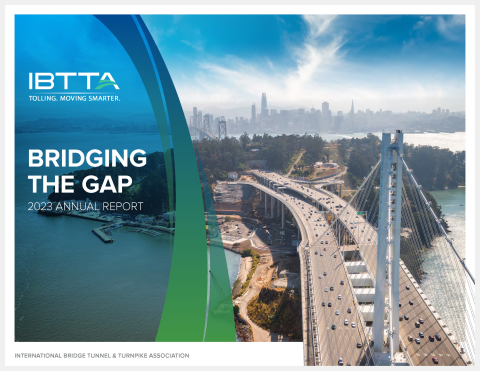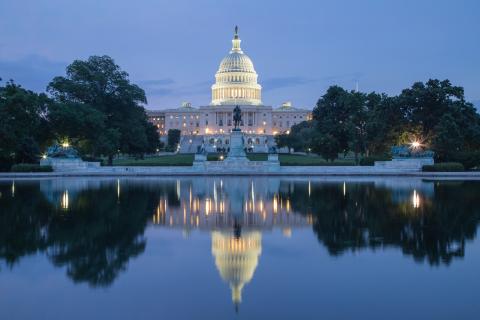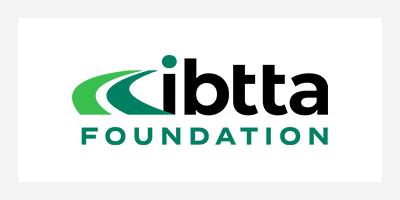- Home
- IBTTA Insights
- Mid-Term Elections Boost State Highway Initiatives, Private Funding
Stories
Mid-Term Elections Boost State Highway Initiatives, Private Funding


With less momentum toward a long-term highway transportation bill, the results of U.S. mid-term elections last week reinforce the trend toward state initiatives funded by private capital, infrastructure analyst Ken Orski argued in the November 8 edition of Innovation NewsBriefs.
Through the summer and fall, there had been some thought that highway infrastructure might come closer to the top of the Congressional priority list during a short, late-fall legislative session beginning this week.
“But with the November elections heralding a fiscally more conservative political climate and with Congress preoccupied with a whole lot of unfinished business, passing a massive multi-year, multi-billion funding bill for transportation during the lame duck session will be the last thing on the lawmakers' minds.”
And Orski sees virtually no prospect of a gas tax increase to fully fund the six-year surface transportation bill that would give state and local governments the stability and funding certainty they’ve been asking for. “Expect another modest, short-term two-year extension,” he writes.
States in the Driver’s Seat
That means the shake-up in Washington puts even more onus on state and local governments to raise the revenue they need to keep their transportation programs rolling. “For a growing number of states that have done so and have secured a stable, recurring source of funding for their transportation programs, a long-term federal transportation authorization no longer is an imperative.”
Moreover, “a growing number of local jurisdictions have been approving bond issues and dedicated sales taxes to support local transportation improvements. Collectively, these measures are generating billions in additional revenue for state and local transportation programs.” State and local ballot initiatives in November raised nearly $21 billion.
“Governors, state legislatures and local governments are taking aggressive steps to make themselves less dependent on federal aid,” Orski says. “With Republicans having increased their majorities among the governors and in state legislatures to historic highs not seen since the 1920s, the movement toward greater decentralization, self-sufficiency, and fiscal innovation is likely to grow in strength.”
A Toolbox of Private Funding Options
The new Tappan Zee Bridge, the eastern span of the San Francisco Bay Bridge, and New Jersey’s Goethals Bridge are just a few examples of the projects states are funding by borrowing front-end capital and repaying it over time with dedicated sources of revenue, with tolling a prominent part of the mix. States are also embracing public-private partnerships, with six of them inking availability payment contracts in the last two years.
So while none of this activity will replace the federal Highway Trust Fund, “big-ticket construction projects will no longer need to be funded with Trust Fund revenue,” Orski writes. “They will be increasingly financed with private capital. At least that's the scenario envisioned by some forward-looking governors exploring new ways of financing infrastructure megaprojects.”
U.S. Treasury Secretary acknowledged as much at the White House infrastructure Summit September 9, remarking that "tighter budgets will demand creative ways of putting private capital to work."
Age of the Megaproject
At IBTTA’s 2014 Summit on All-Electronic Tolling, Managed Lanes & Interoperability in July, Trey Baker of the Texas Transportation Institute laid out several criteria to define transportation megaprojects: among other factors, they cost more than $1 billion, they’re “colossal in size,” and they’re complex to design, procure, operate, finance, and govern.
Orski’s post makes it clear that the age of the megaproject is upon us. He lists 22 state-sponsored projects, most of them above the $1 billion threshold, where “long-term credit, private capital, and availability payments have replaced federal grants.”
None of this diminishes the need for long-term certainty through a multi-year federal transportation bill. But tolling agencies, state departments of transportation, and local governments are all about practical solutions. If long-term surface transportation legislation is off the table for the next two years, it makes sense to find other paths.

Joining IBTTA connects you to a global community of transportation professionals, offering unmatched opportunities for networking, knowledge-sharing, and collaborative innovation in the tolling and transportation sector.
Follow IBTTA on social media for real-time updates on transportation trends and collaborative opportunities.





